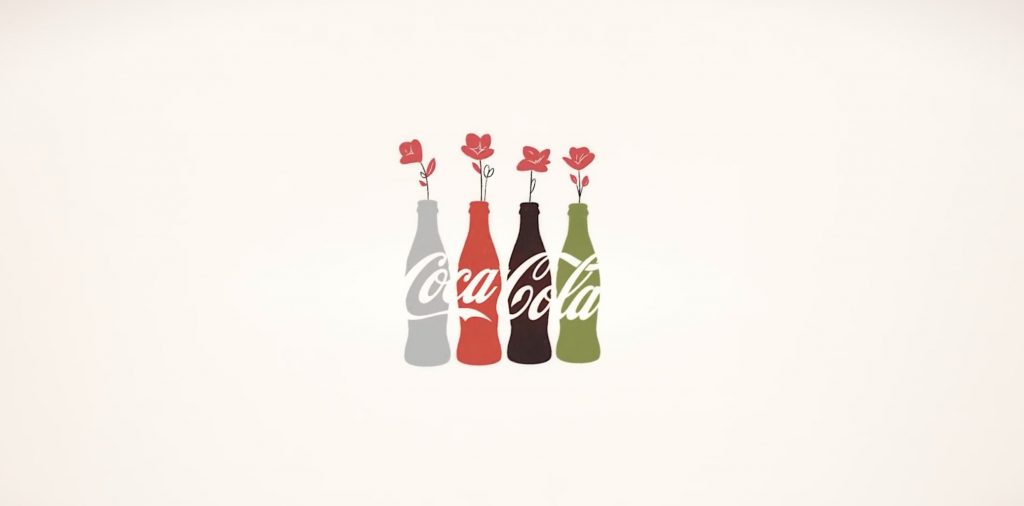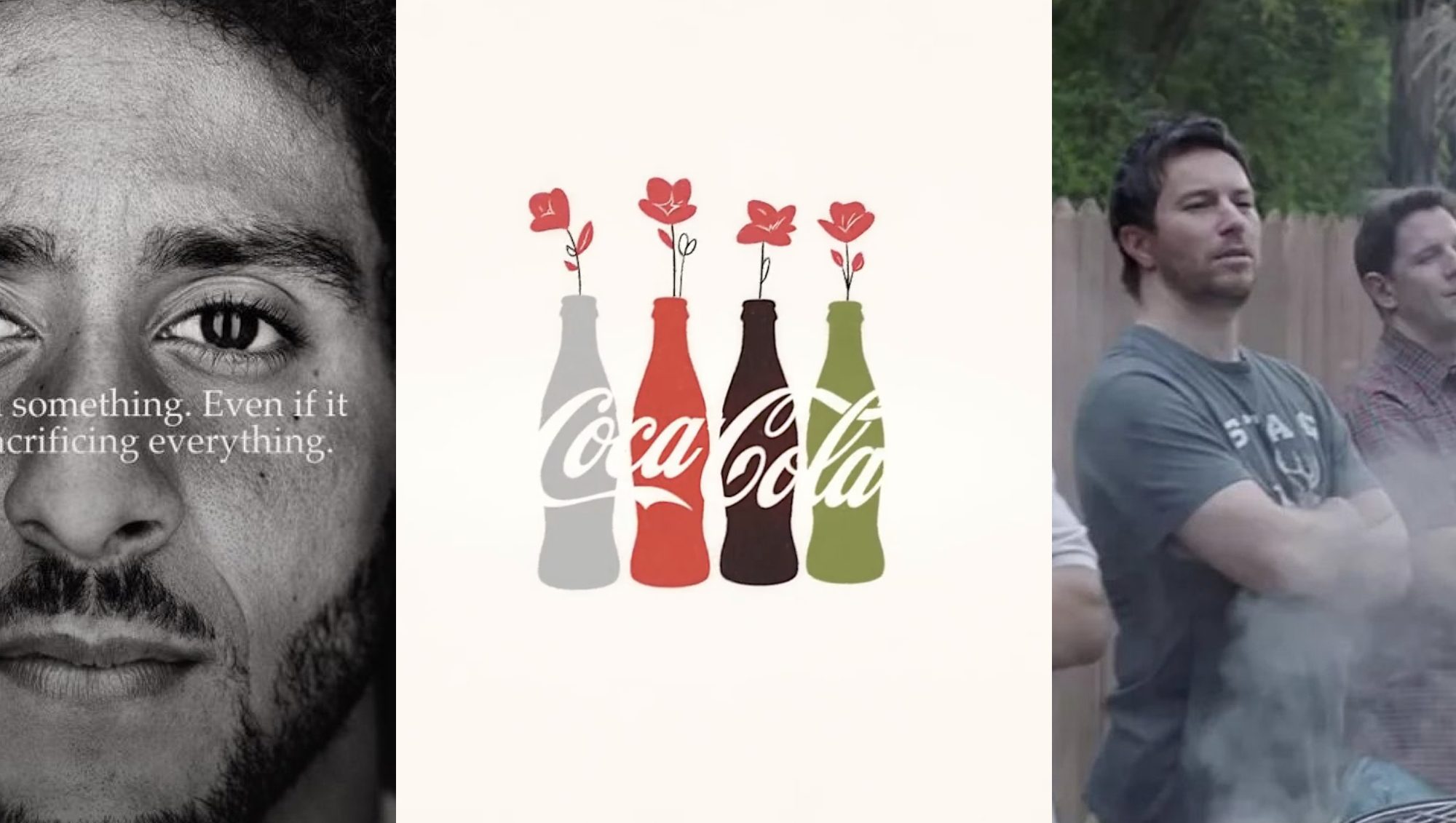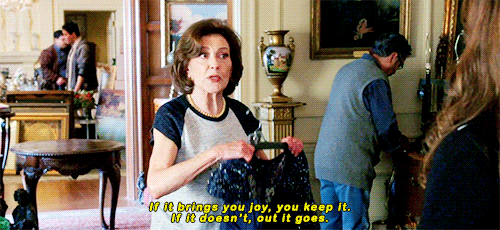Just before the Star-Spangled Banner ceremonially started Super Bowl LIII in Atlanta, a minute long commercial with a message of “unity and positivity” kicked off one of the most commercialized events on the planet. No, the NFL did not welcome back Colin Kaepernick. And PETA did not join forces with Tom Brady to promote veganism (is Tom Brady even vegan?). Rather, Atlanta hometown sweetheart Coca-Cola was promoting diversity and inclusion in their Warhol inspired advert “A Coke is A Coke.” The company is purported to be rolling out the red carpet for everyone, including rival Pepsi. As other companies like Nike and Gillette join the social justice crusade with their own campaigns, is this the dawn of the ethical corporation? But, is this really about changing minds and perceptions to create unity?

Selling Diversity, Unity & Social Justice Part I:
Social Justice For Sale
Continue reading “Selling Diversity, Unity & Social Justice – Part I”










